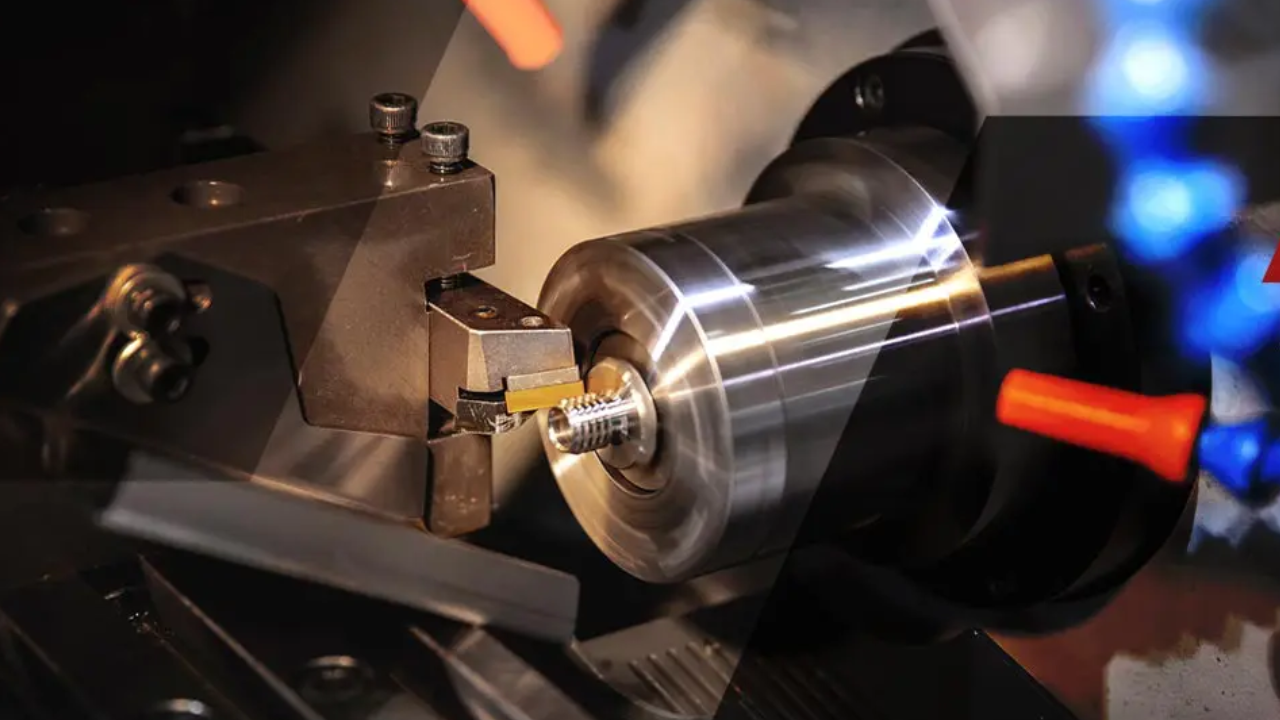Plastic injection molding is an essential creation process in which liquid plastic is infused into an empty space, quickly cooled, and then launched out to yield a cemented plastic part. This method reigns as the foremost preference for producing plastic components because of its performance and scalability. As soon as the metallic mildew or tooling is created, it enables the fast manufacturing of loads to hundreds of thousands of equal components within a short span.
The flexibility of injection molding extends throughout an extensive spectrum of substances, encompassing thermoplastics, thermosets, or even metals. Those materials can be augmented with color pigments and components to decorate their homes and create a visible attraction. Furthermore, the plastic injection molding guarantees great consistency across parts, preserving uniformity as the tooling specifications continue to be constant for the duration of manufacturing runs.
Ways to Make Plastic Injection Molding More Sustainable
This article explores the strategies and technologies shaping those efforts, aiming to reduce environmental harm while maintaining performance and greatness in plastic manufacturing.
Sustainable Materials
Plastic injection molding is being revolutionized by sustainable materials. Bioplastics, derived from inexhaustible assets like cornstarch or sugarcane, lessen dependence on non-renewable energy sources and decline fossil fuel byproducts. Recycled plastics, sourced from post-patron waste or business scrap, decrease landfill burdens and energy-intensive manufacturing. Those substances provide environmentally friendly alternatives, aligning with worldwide efforts to reduce plastic pollution and promote sustainable production practices.
Energy Efficiency
Energy intake in plastic injection molding may be vast, normally due to the high temperatures required for melting and molding plastics. To improve sustainability, producers are implementing power-efficient practices and technologies. This includes optimizing machine operations to decrease energy waste, using heat recovery systems to seize and reuse thermal strength, and making an investment in more efficient equipment and heating technologies. Such measures not only lessen operational fees but also decrease the overall carbon footprint of production tactics.
Reducing Waste and Recycling
Injection molding's sustainability necessitates dealing with plastic waste. Traditionally, manufacturing processes generate big waste in the form of sprues, runners, and defective components. To fight this, organizations are embracing techniques that include lean manufacturing to reduce useless cloth use and employing advanced molding technology that decreases scrap. Furthermore, integrating closed-loop recycling structures within centers enables the reprocessing of production waste lower back into usable materials, promoting a circular economy technique.
Design Optimization
The role of layout in sustainability cannot be overstated. Nicely designed molds and components can optimize cloth usage, limit production waste, and beautify product sturdiness, all important factors in decreasing environmental impact. Design for manufacturing and meeting concepts are more and more carried out to streamline production tactics, reduce electricity intake, and facilitate less difficult disassembly for recycling on the product's quit-of-life degree. Such holistic design techniques make notable contributions to sustainable practices in plastic injection molding.
Composite and Biodegradable Polymers
These substances provide a capacity approach to the continual environmental difficulty of plastic pollution. Biodegradable plastics smash down clearly into non-toxic components over the years, lowering their environmental footprint. Compostable plastics, designed to degrade in industrial composting centers, similarly enhance cease-of-lifestyles alternatives for merchandise, aligning with circular economy standards and reducing landfill waste.
Regulatory Compliance and Standards
Governments and regulatory bodies worldwide are increasingly enforcing stringent requirements and policies aimed at lowering plastic waste and promoting sustainable practices. Manufacturers inside the injection molding industry ought to comply with these rules, which frequently include regulations on certain types of plastics, necessities for recycled content in products, and mandates for environmental effect exams. Adhering to these standards no longer most effectively ensures legal compliance, but additionally drives innovation closer to more sustainable production practices.
Summary
The plastic injection molding sector is present with vast variations to improve sustainability. From the adoption of sustainable substances and power-efficient technology to waste discount techniques and progressive design practices, producers are actively pursuing environmentally responsible solutions. By embracing those improvements and practices, plastic injection molding can continue to conform toward a more sustainable and green future.

